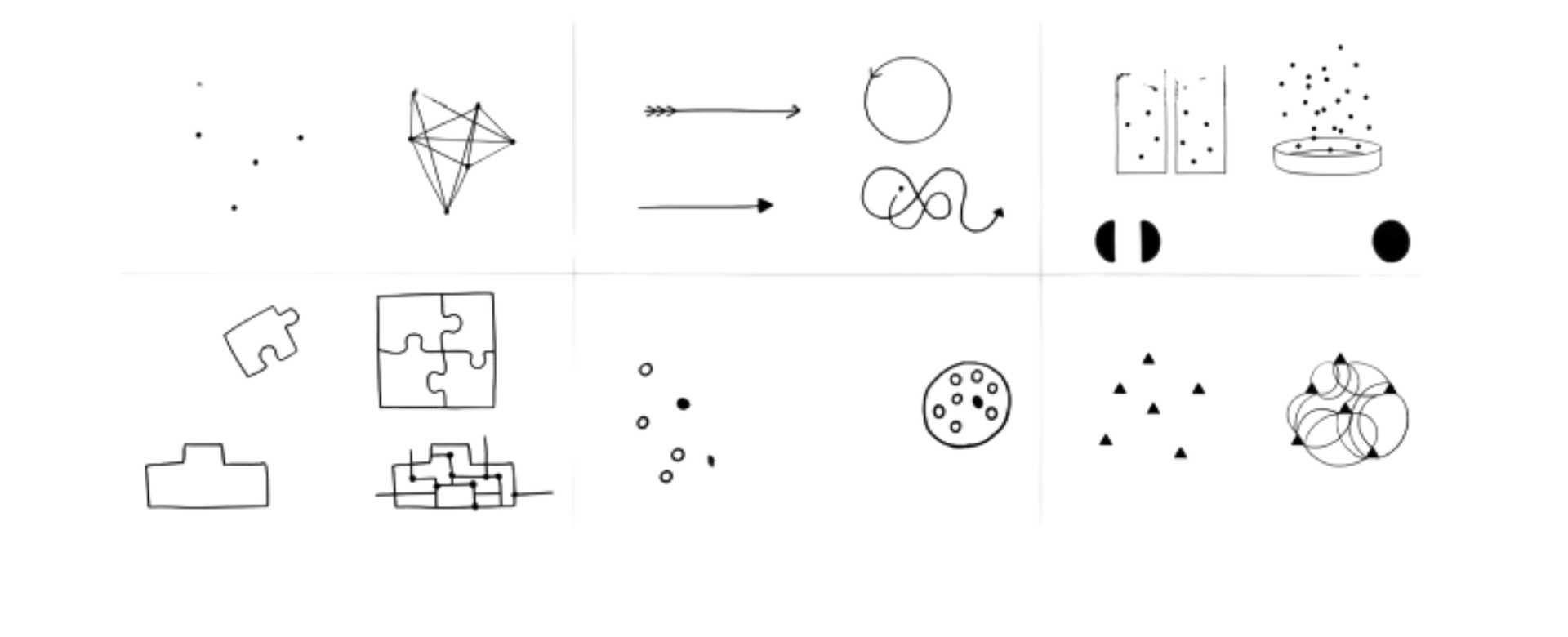From Problem to Solution: A Step-by-Step Guide to the Design

Design thinking is an iterative process of understanding a problem, exploring ideas, testing prototypes and refining solutions. It has become an increasingly popular way of tackling complex problems, with many businesses and organizations implementing it in their processes. This guide will walk you through the four steps of design thinking and explain how each can help you develop a successful solution.
Understanding the Design Thinking Process
The design thinking process can be broken down into four steps: empathize and define the problem, ideate and generate ideas, prototype and test, and refine and iterate. Each step builds on the previous one, allowing for a continuous development of ideas until the best possible solution is reached.
The first step of the design thinking process is to empathize and define the problem. This involves understanding the needs of the user and the context in which the problem exists. It is important to consider the user’s perspective and to identify the root cause of the problem. Once the problem is clearly defined, the next step is to ideate and generate ideas. This involves brainstorming and exploring different solutions to the problem. After the ideas have been generated, the next step is to prototype and test the solutions. This involves creating a prototype of the solution and testing it with users to get feedback. Finally, the last step is to refine and iterate. This involves making changes to the prototype based on the feedback and testing it again until the best possible solution is reached.

Become a Product Manager
Learn from top industry experts, get access to 1 year placement support and transition into product management at India's top tech companies.
Step 1: Empathize and Define the Problem
The first step of design thinking is empathizing and defining the problem. This involves understanding the context of the problem, identifying the stakeholders involved, and developing an understanding of how the problem affects each stakeholder. By fully understanding the problem, you can begin to develop a solution that is tailored to the specific needs of each involved party.
It is important to take the time to really understand the problem and the stakeholders involved. This can be done through interviews, surveys, and other research methods. Once you have a clear understanding of the problem and the stakeholders, you can begin to brainstorm potential solutions that address the needs of each party.
Step 2: Ideate and Generate Ideas
The second step of design thinking is ideating and generating ideas. This involves brainstorming potential solutions to the problem and then narrowing them down to a few viable options. During this step, it's important to think outside the box and consider creative solutions that may not be immediately obvious. It's also important to consider how feasible each idea is in terms of cost, time, and resources.
It's important to remember that the goal of this step is to generate as many ideas as possible, without judging them. This allows for a wide range of potential solutions to be explored. Once the ideas have been generated, the next step is to evaluate them and decide which ones are the most viable.
Step 3: Prototype and Test
The third step of design thinking is prototyping and testing. This involves creating a physical or digital model of the proposed solution and testing it to see if it meets the requirements of the problem. During this step, it's important to get feedback from stakeholders in order to refine the solution before moving on to the next step.
Prototyping and testing can be done in a variety of ways, depending on the type of solution being developed. For example, if the solution is a physical product, then a prototype can be created using 3D printing or other rapid prototyping techniques. If the solution is a digital product, then a prototype can be created using wireframing or other digital prototyping tools. Once the prototype is created, it can be tested with users to get feedback and refine the solution.
Step 4: Refine and Iterate
The fourth and final step of design thinking is refining and iterating. This involves continuously improving and refining the solution based on feedback from stakeholders. During this step, it's important to consider potential issues that may arise with the solution, and make any necessary tweaks or adjustments in order to ensure that the solution meets all requirements.
By following the four steps of design thinking outlined in this guide, you can develop a successful solution to any problem. By fully understanding the problem, brainstorming creative solutions, prototyping and testing solutions, and refining and iterating on ideas, you can develop a tailored solution that meets all the needs of the stakeholders involved.
It is important to remember that the design thinking process is not a linear one. It is a cyclical process that involves revisiting each step multiple times in order to ensure that the solution is the best it can be. Additionally, it is important to be open to feedback and criticism throughout the process, as this can help to identify areas for improvement and ensure that the solution is the most effective it can be.

Become a Product Manager
Learn from top industry experts, get access to 1 year placement support and transition into product management at India's top tech companies.



